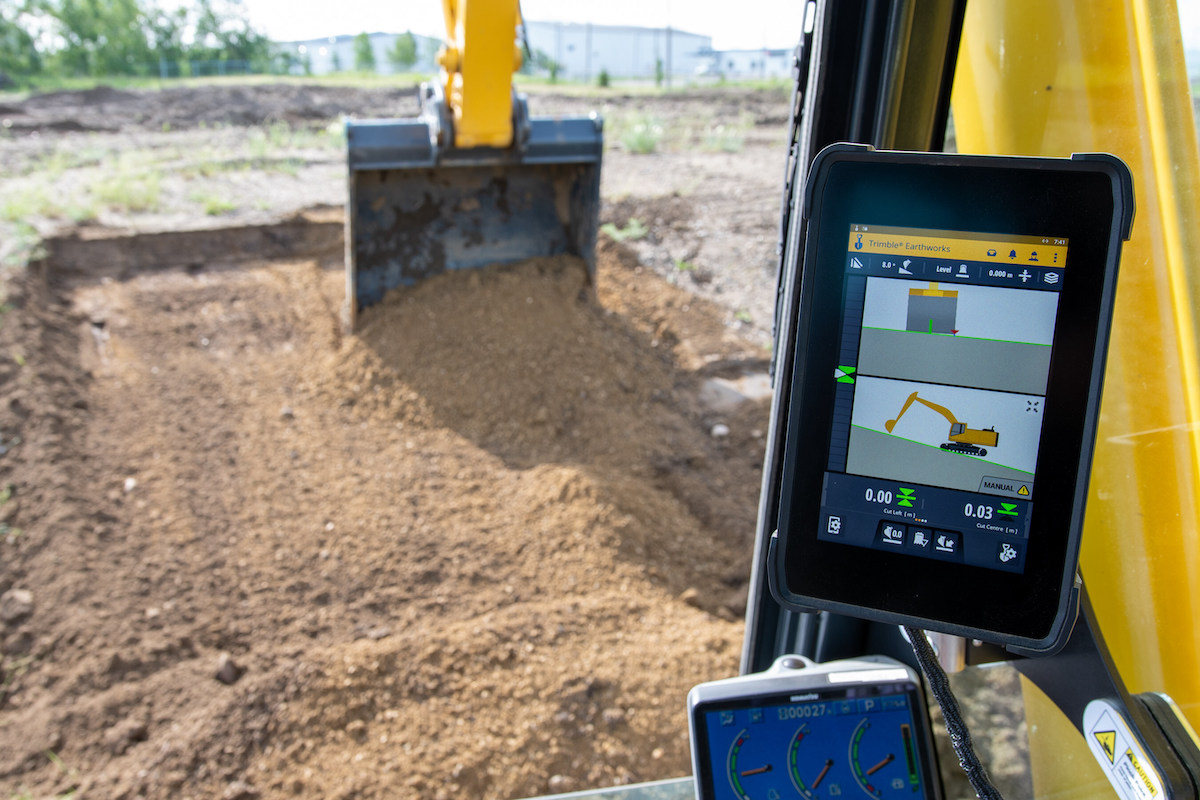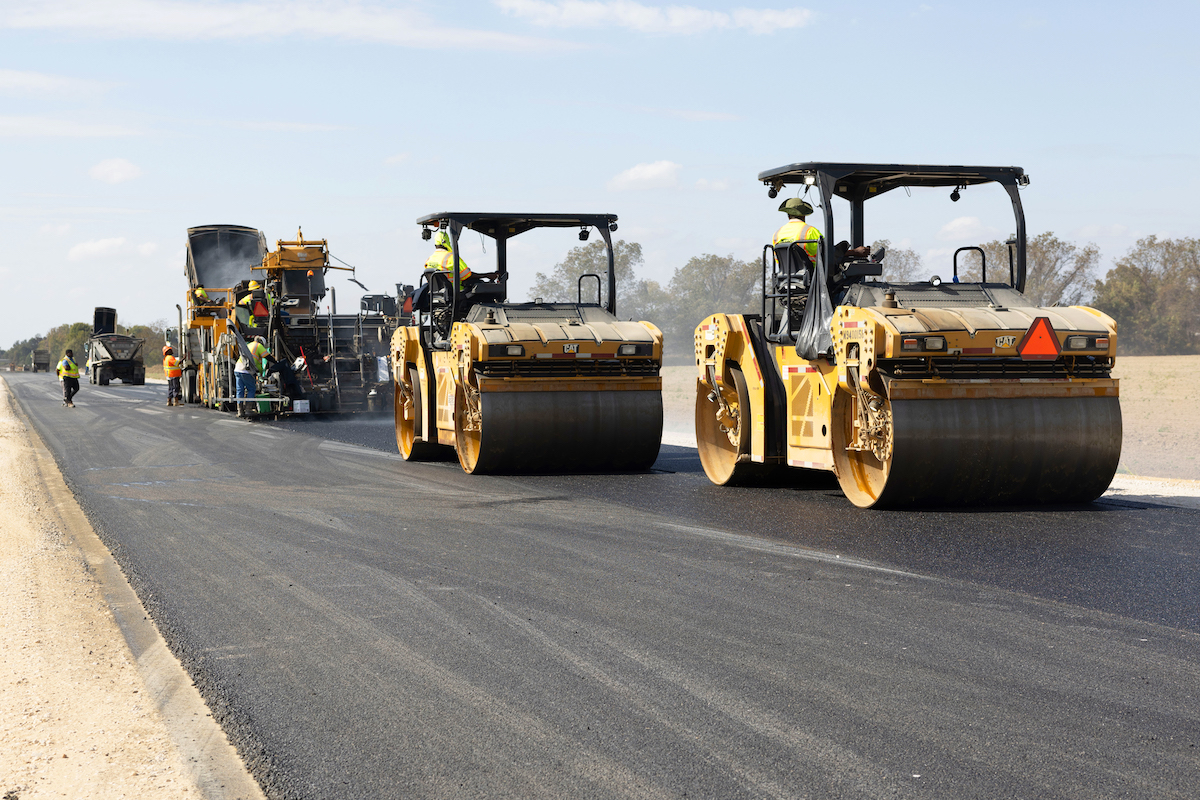MERIDIAN, ID — The Idaho Transportation Department (ITD) will accelerate construction of multiple interchanges along State Highway 16 in the central Treasure Valley with Leading Idaho funds. The entire corridor is expected to open by 2027, a year earlier than previously planned.
The new SH-16 corridor will be the area’s first new freeway in over four decades, extending between Interstate 84 and State Highway 44. Access on and off the highway will be limited to interchanges at I-84, Franklin Road, Ustick Road, U.S. Highway 20/26, and SH-44.
“ITD is able to accelerate these interchanges due to a number of factors, including additional funding and efficient management,” District Engineer Jason Brinkman said. “We are very proud of the work that has been accomplished, and we are confident this project will improve the mobility for large parts of Ada, Canyon, and Gem counties.”
With the accelerated schedule, construction will take place in multiple areas along the project. Work at the U.S. 20/26 interchange will require extended nighttime detours. Traffic on US-20/26 will be detoured to allow crews to safely place 12 steel girders — each weighing 83,000 pounds — across the roadway for the interchange bridge.
This spring, work will begin to expand the I-84 and SH-16 Interchange and construct a new interchange at Franklin Road. Work on the U.S. 20/26 and Ustick interchanges is already underway, while construction at the SH-44 Interchange is expected to begin by fall 2025.

| Your local Somero dealer |
|---|
| American Construction Supply |
The first phase was completed in 2014 between U.S. 20/26 and SH-44. The second phase began in 2022 and has included constructing the mainline highway, part of the I-84 Interchange, and many overpasses and local road adjustments. The final phase of this project was accelerated when additional funding became available through the Idaho Transportation Expansion and Congestion Mitigation bonding program. These funds are a deliberate investment to allow ITD to accelerate project timelines to address rapid growth and build critical infrastructure today that would otherwise take many years to build.




































































